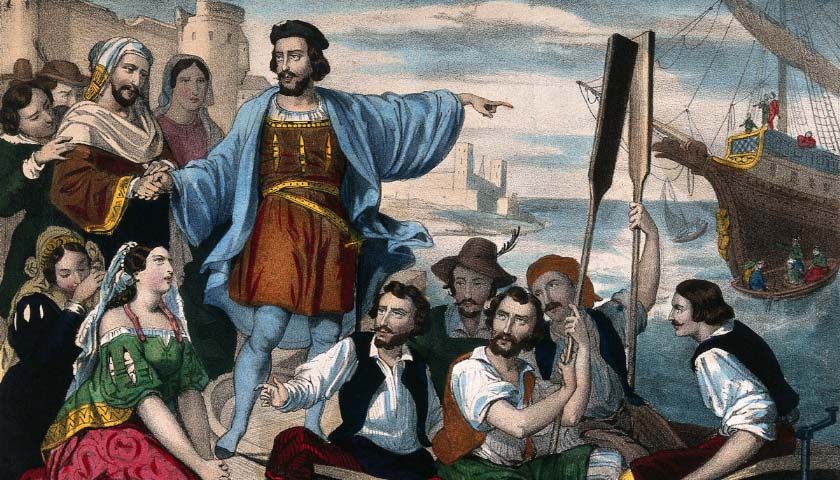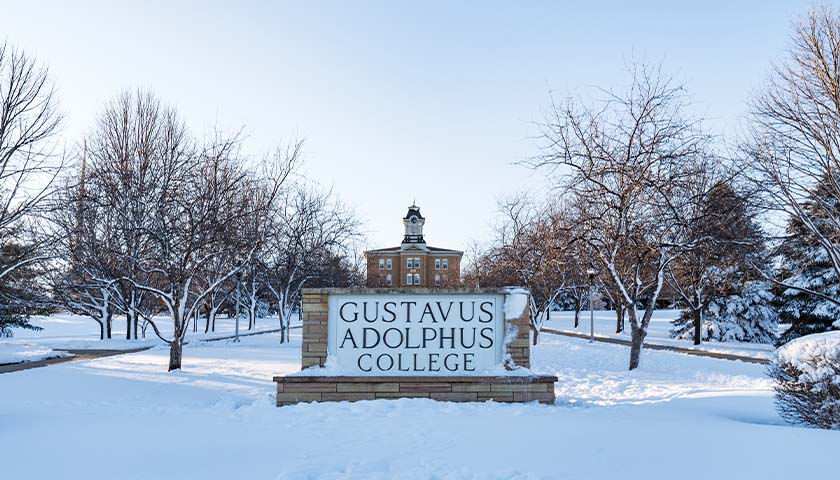Today we remember the Italian explorer Christopher Columbus, who in October 1492 landed in the Bahamas and became the first Western European to discover what the Europeans would call the New World.
When Columbus and his crew of approximately 200 sailors left Spain in three crowded ships – the Niña, the Pinta, and the Santa Maria – they set their sails toward an unknown horizon. They expected to discover a trade route to India. (Most Europeans at the time knew the earth was round – but they were unaware of the North and South American continents.) Instead of finding a route to Southeast Asia, Columbus and his crew landed on a continent of new opportunities. Columbus’s accidental discovery opened a permanent passage across the Atlantic and redrew the known map of the world.
Read the full story



